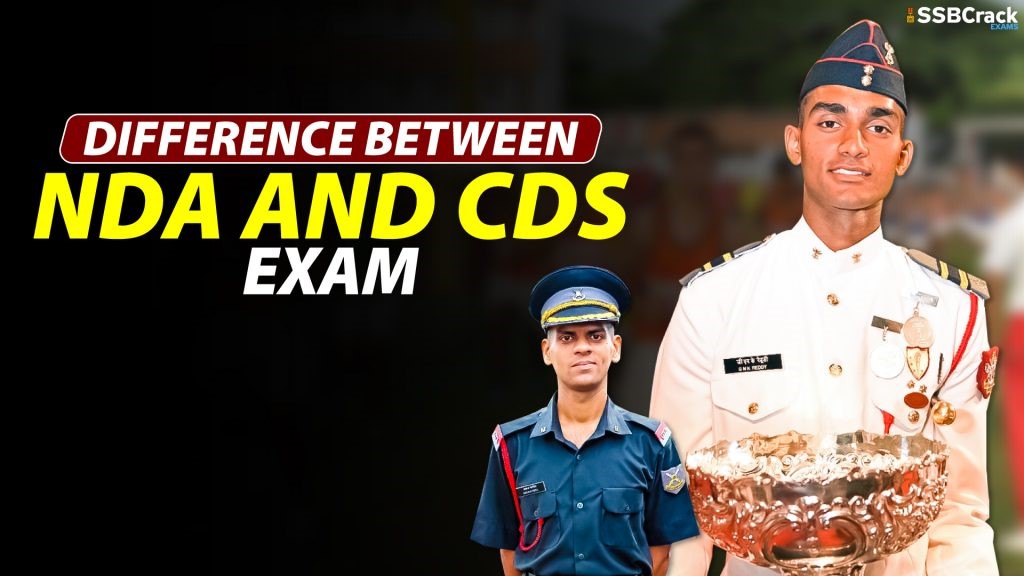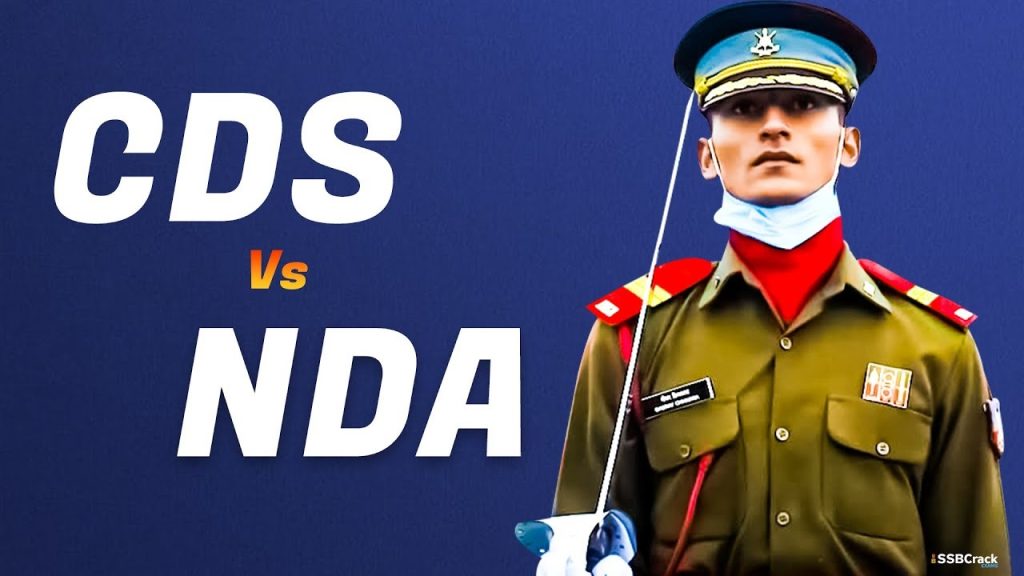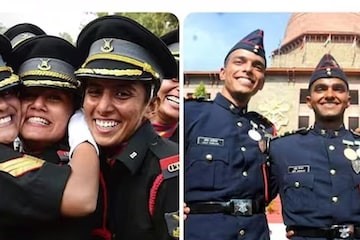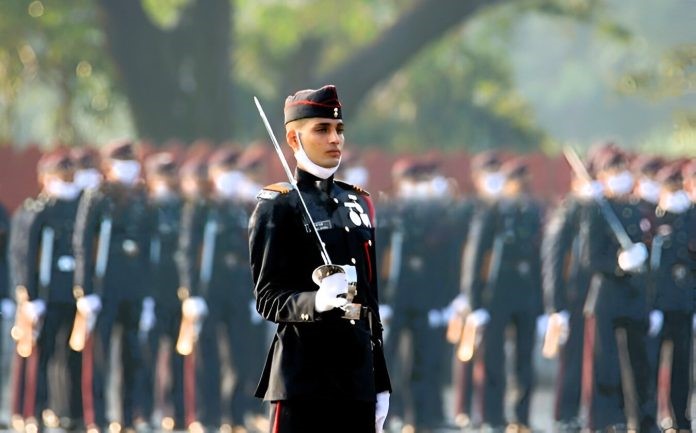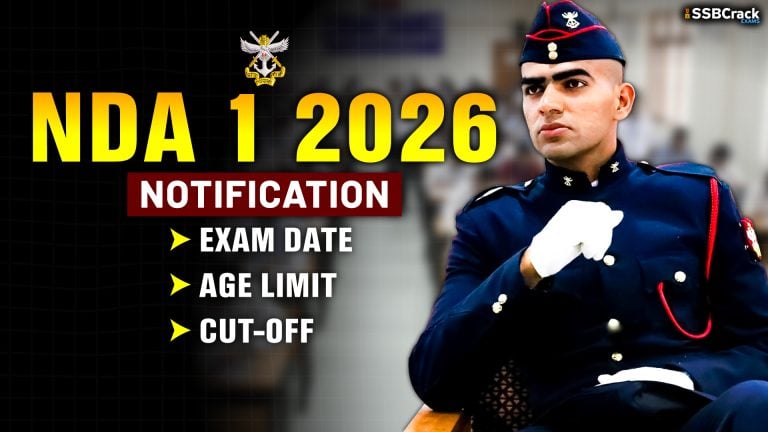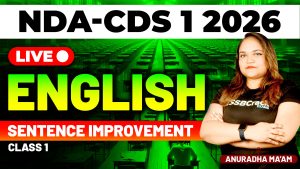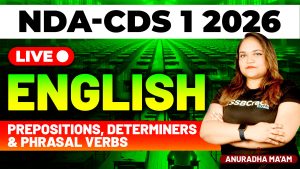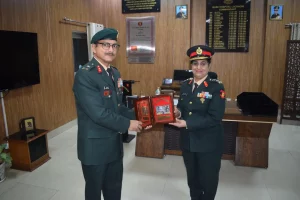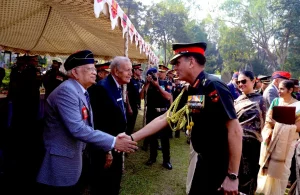The National Defence Academy (NDA) and Combined Defence Services (CDS) examinations serve as prominent gateways for individuals aspiring to join the esteemed Indian Armed Forces. While both examinations aim to select candidates for officer-level positions, there are distinct differences in their eligibility criteria, exam patterns, and recruitment processes. In this article, we will delve into the contrasts between NDA and CDS examinations, enabling aspirants to make informed decisions about their career paths.
Overview of NDA and CDS Examinations:
Before delving into the differences between NDA and CDS, it is essential to understand the fundamentals of each examination:
- National Defence Academy (NDA): The NDA examination is conducted by the Union Public Service Commission (UPSC; https://upsc.gov.in/) twice a year. It selects candidates for admission to the Army, Navy, and Air Force wings of the National Defence Academy.
- Combined Defence Services (CDS): The CDS examination is also conducted by UPSC (https://upsc.gov.in/) twice a year. It selects candidates for admission to the Indian Military Academy (IMA), Indian Naval Academy (INA), Air Force Academy (AFA), and Officers’ Training Academy (OTA).
Eligibility Criteria:
One of the primary differences between NDA and CDS lies in their eligibility criteria. Here’s a comparative analysis:
| Aspect | NDA | CDS |
|---|---|---|
| Age Limit | 16.5 to 19.5 years | Varies based on the academy and course |
| Educational Qualifications | 12th pass (10+2) or equivalent | Bachelor’s degree or equivalent |
| Gender | Male candidates only | Both male and female candidates eligible |
| Marital Status | Unmarried | Unmarried (for certain courses) |
| Nationality | Indian citizens or specified criteria | Indian citizens or specified criteria |
Exam Pattern and Selection Process:
The examination pattern and selection process for NDA and CDS differ significantly. Here’s a comparative overview:
| Aspect | NDA | CDS |
|---|---|---|
| Exam Stages | Written Examination, SSB Interview | Written Examination, SSB Interview |
| Exam Mode | Offline (Pen and Paper-based) | Offline (Pen and Paper-based) |
| Wings/Academies | Army, Navy, Air Force | IMA, INA, AFA, OTA |
| Written Exam Papers | Mathematics, General Ability Test (GAT) | English, General Knowledge, Elementary Mathematics |
| SSB Interview Duration | 5 Days | 5 Days |
| Training Duration | 3 Years at NDA | Varies based on academy and course |
Syllabus and Subjects:
The syllabus and subjects covered in the NDA and CDS examinations exhibit notable differences. Here’s a comparative breakdown:
| Aspect | NDA | CDS |
|---|---|---|
| Mathematics | Algebra, Trigonometry, Geometry, Calculus | Elementary Mathematics |
| General Ability Test | English, Physics, Chemistry, General Science, GK | English, GK, Elementary Mathematics |
| Additional Subjects | N/A | Additional subjects based on academy/course |
Gender Eligibility:
NDA is exclusively open to male candidates, whereas CDS allows both male and female candidates to apply for certain courses and academies. This difference reflects the evolving inclusivity and diversity policies within the Indian Armed Forces.
Training and Commission:
Upon selection, candidates undergo rigorous training at their respective academies. NDA cadets receive training for three years at the National Defence Academy, whereas CDS candidates undergo training at the Indian Military Academy, Indian Naval Academy, Air Force Academy, or Officers’ Training Academy, depending on their selection.
Career Trajectory:
The career trajectory after completion of training differs for NDA and CDS candidates. NDA cadets are commissioned as officers in the Army, Navy, or Air Force, whereas CDS candidates have the opportunity to serve in various branches of the armed forces based on their academy and course selections.
In this article, we present a comparative analysis of NDA and CDS examinations in tabular form, enabling aspirants to understand the key contrasts between the two.
| Aspect | NDA | CDS |
|---|---|---|
| Age Limit | 16.5 to 19.5 years | Varies based on the academy and course |
| Educational Qualifications | 12th pass (10+2) or equivalent | Bachelor’s degree or equivalent |
| Gender | Male candidates only | Both male and female candidates eligible |
| Marital Status | Unmarried | Unmarried (for certain courses) |
| Nationality | Indian citizens or specified criteria | Indian citizens or specified criteria |
| Exam Stages | Written Examination, SSB Interview | Written Examination, SSB Interview |
| Exam Mode | Offline (Pen and Paper-based) | Offline (Pen and Paper-based) |
| Wings/Academies | Army, Navy, Air Force | IMA, INA, AFA, OTA |
| Written Exam Papers | Mathematics, General Ability Test (GAT) | English, General Knowledge, Elementary Mathematics |
| SSB Interview Duration | 5 Days | 5 Days |
| Training Duration | 3 Years at NDA | Varies based on academy and course |
Conclusion:
Understanding the differences between the NDA and CDS examinations is crucial for aspirants aspiring to join the Indian Armed Forces. While both examinations offer avenues for officer-level positions, their eligibility criteria, exam patterns, and career trajectories exhibit distinct variations. Aspirants must carefully evaluate their interests, qualifications, and career aspirations before choosing between NDA and CDS examinations. By comprehensively understanding the nuances of each examination, candidates can make informed decisions and embark on fulfilling careers in the Indian Armed Forces.
Frequently Asked Questions (FAQs) about NDA vs CDS:
1. What is the primary difference between NDA and CDS?
The National Defence Academy (NDA) examination selects candidates for admission to the Army, Navy, and Air Force wings of the National Defence Academy, while the Combined Defence Services (CDS) examination selects candidates for various officer-level positions in the Indian Military Academy (IMA), Indian Naval Academy (INA), Air Force Academy (AFA), and Officers’ Training Academy (OTA).
2. How do the eligibility criteria differ between NDA and CDS?
NDA requires candidates to be 12th pass (10+2) or equivalent, while CDS requires candidates to hold a bachelor’s degree or equivalent. Additionally, NDA is open only to male candidates, while CDS allows both male and female candidates for certain courses.
3. What are the age limits for NDA and CDS examinations?
The age limit for NDA is between 16.5 to 19.5 years, whereas the age limit for CDS varies based on the academy and course selection.
4. Can you explain the difference in exam patterns between NDA and CDS?
NDA written examination comprises Mathematics and General Ability Test (GAT), while CDS written examination includes English, General Knowledge, and Elementary Mathematics. Both examinations are followed by a Services Selection Board (SSB) interview.
5. How long do the SSB interviews last for NDA and CDS?
Both NDA and CDS SSB interviews typically last for 5 days.
6. What are the training durations for NDA and CDS?
NDA cadets undergo a 3-year training program at the National Defence Academy, while training duration in CDS varies based on the academy and course selection.
7. Are there any gender-specific eligibility criteria for NDA and CDS?
NDA is exclusively open to male candidates, while CDS allows both male and female candidates for certain courses.
8. What are the career trajectories after completing NDA and CDS training?
After completing training, NDA cadets are commissioned as officers in the Army, Navy, or Air Force wings, whereas CDS candidates serve in various branches of the armed forces based on their academy and course selections.
9. Can candidates apply for both NDA and CDS examinations simultaneously?
Yes, candidates can apply for both NDA and CDS examinations based on their eligibility criteria and interests. However, they must carefully evaluate their qualifications and career aspirations before choosing between the two examinations.
10. How can candidates determine which examination – NDA or CDS – is more suitable for them?
Candidates should consider factors such as their educational qualifications, age, gender, career aspirations, and interests in specific branches of the armed forces to determine which examination aligns better with their goals.
